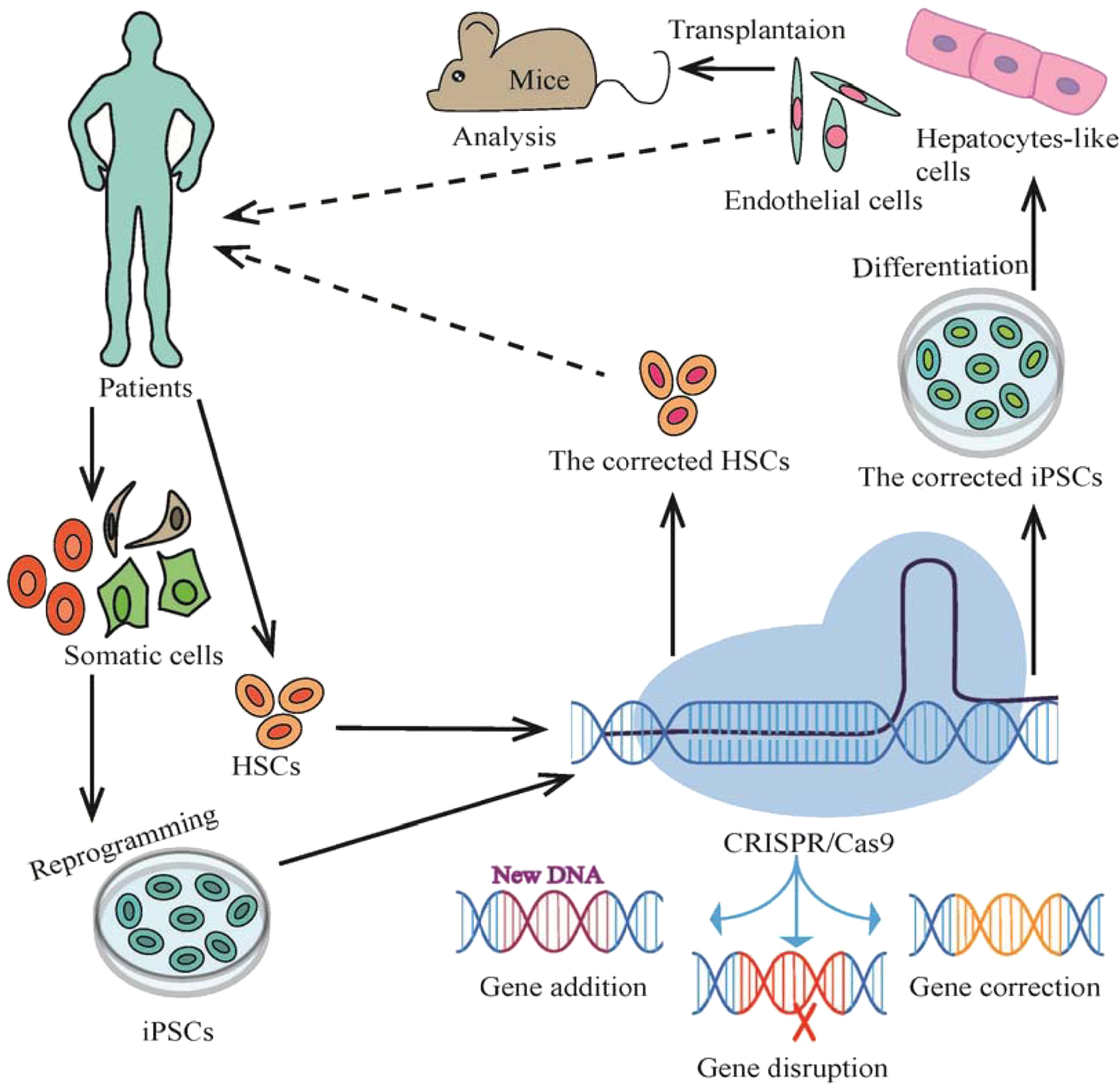- Revolutionary Development: With the approval of CRISPR-based medicines for sickle cell disease and -thalassemia in the United Kingdom and the United States, the medical world has witnessed a huge breakthrough.
- Global Impact: These advances have the potential to change the lives of millions of people who suffer from these genetic blood illnesses..
From Discovery to Application of CRISPR Technology
- CRISPR’s Origins: CRISPR (Clustered Regularly Interspaced Short Palindromic Repeats) elements were discovered in archaea in 1993 and were later proven to create an antiviral defence system in bacteria with Cas (CRISPR-associated) proteins.
- Emmanuelle Charpentier and Jennifer Doudna’s work on CRISPR-Cas9 as a’molecular scissor’ earned them the 2020 Nobel Prize in chemistry.
- Editing Eukaryotic Genomes: Following studies confirmed CRISPR-Cas9’s ability to modify eukaryotic genomes, paving the path for a variety of uses in genetic therapy and agriculture.
Recent Approvals and Applications of CRISPR in Medicine
- CRISPR-Based Blood Disorder Treatment: The MHRA in the United Kingdom and the FDA in the United States have approved ‘Casgevy’ for the treatment of sickle cell disease and transfusion-dependent -thalassemia.
- Casgevy treatment involves altering a patient’s blood stem cells to fix the genetic flaw that causes sickling, followed by regrafting them to generate normal red blood cells.
- Historical Context: This approval comes 74 years after Linus Carl Pauling described sickle cell disease as a molecular abnormality.
Emerging CRISPR
- Technologies and Approaches Base-Editing: This approach allows for single nucleotide genome editing.
- Prime Editing: A novel method for precise genome alterations that employs a search-and-replace procedure.
- Epigenetic Modifications: CRISPR technologies that target epigenetic effects are also being developed.
Challenges and Prospects for the Future
- Concerns about safety and accuracy: Off-target events, in which CRISPR-Cas9 changes unwanted portions of the genome, pose substantial hurdles.
- Balancing dangers and Benefits: While these technologies have immense potential, their dangers must be balanced against both short- and long-term benefits.
- Continuous research and surveillance are required to find potential negative effects that are currently unknown.
Source: https://www.cnn.com/2023/12/08/health/first-crispr-gene-editing-treatment-sickle-cell-disease-scn/index.html#:~:text=The%20US%20Food%20and%20Drug,of%20treatments%20for%20genetic%20conditions.

